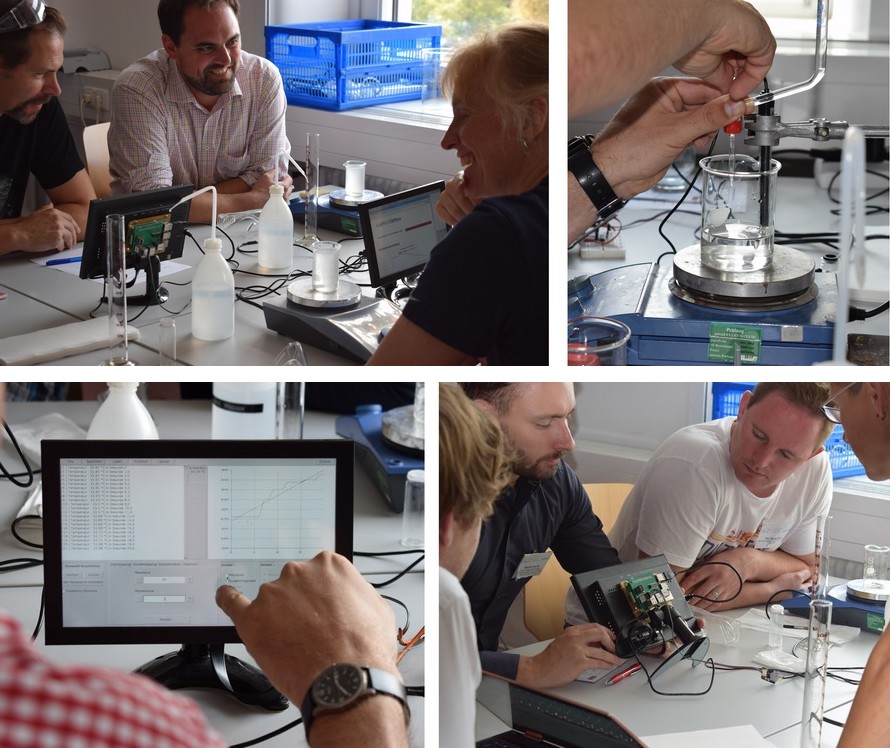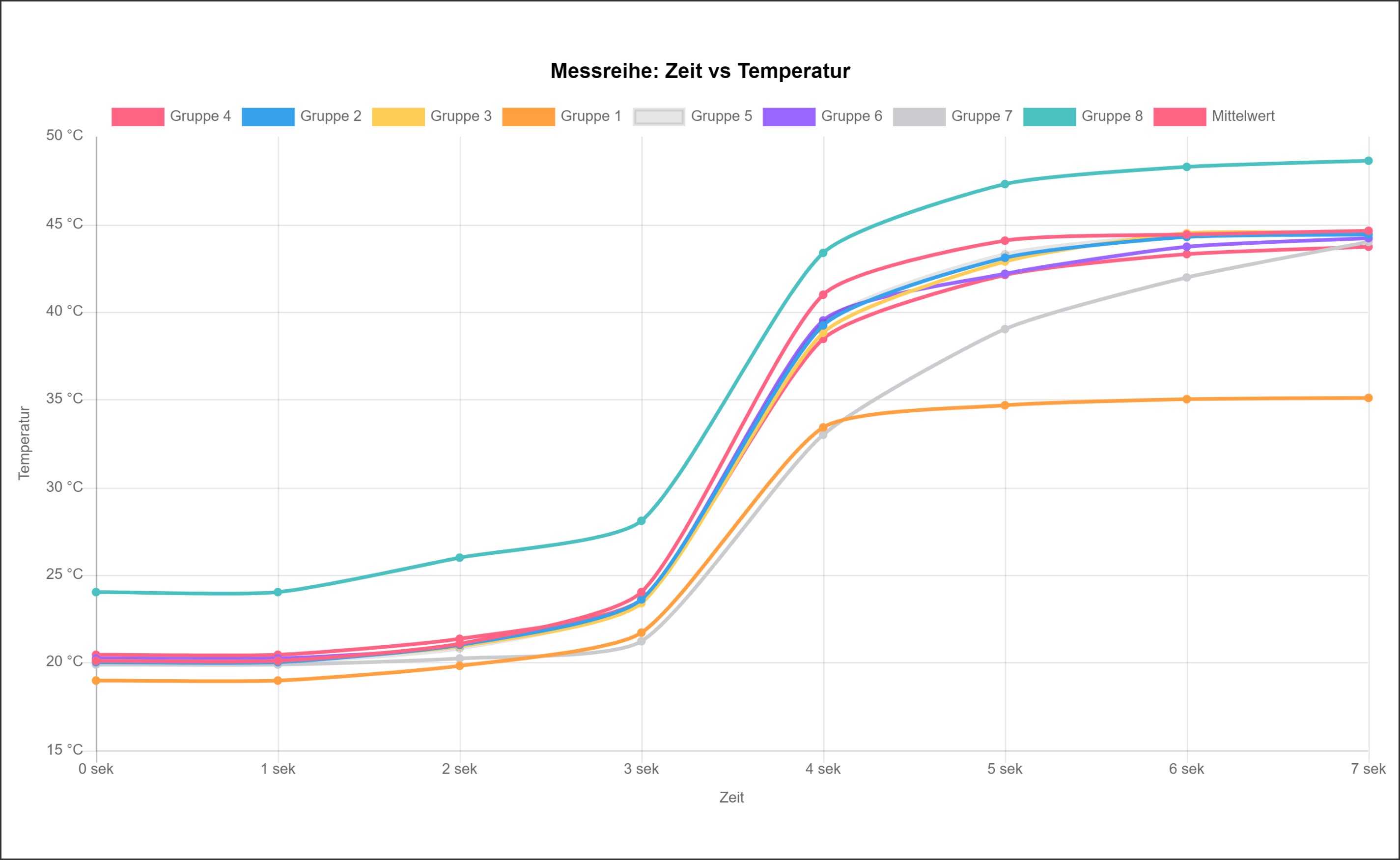Construction

The fundamental goal of LabPi is to supplement the low-cost range with a variety of digital acquisition and evaluation methods. Instead of isolated solutions for each measurand, an open and adaptable platform was developed to which various sensors can be connected as required. The LabPi measuring station thus offers new experimental possibilities for use in schools, student laboratories and universities and does not require any programming work or in-depth technical knowledge.
LabPi combines suitable minicomputers with powerful (miniature) sensors. The modular design allows numerous measured values such as pH, conductivity, pressure, temperature, etc. to be recorded individually or in combination. The cumstom developed adapter board allows them to be connected and changed as easily as USB sticks. The use of low-cost components also reduces instrument costs to the point where the purchase of several stations - or even a class set - becomes realistic for schools and student labs. LabPi can already be used to record numerous measured variables in STEM classes (blue). Further sensors are currently being developed (yellow).


